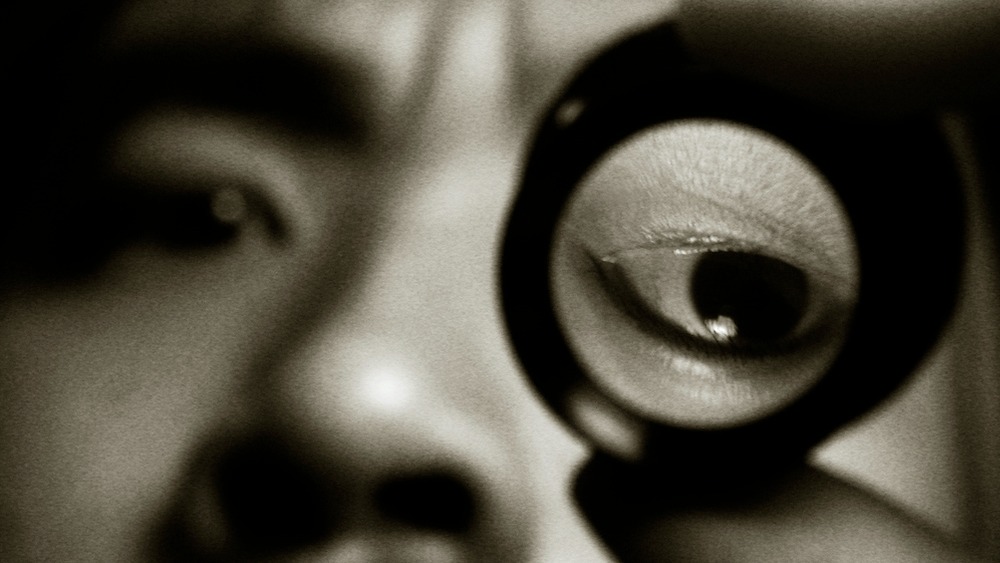
After being shot in the head in 1938 during the Spanish Civil War, a soldier began seeing the world backward and upside down.
According to a new report of the historic case, published April 1 in the journal Neurologia, when doctors examined the 25-year-old Spanish soldier, known as Patient M, they found straightforward wounds where the bullet entered and exited his skull. These wounds didn’t require surgery.
However, it was when the soldier rose out of unconsciousness that things went askew.
Dr. Justo Gonzalo Rodríguez-Leal, a neurologist who served as a consulting physician at Godella Military Health Hospital in Valencia, Spain, originally documented Patient M’s odd case. He’d been examining patients with brain injuries to better understand the organ’s functional organization.
In his translated notes, Gonzalo wrote, “Upon recovering from this state, [Patient M] realized that he had almost lost his sight. [He said], ‘I was noticing something with my right eye, but nothing with my left.'”
Related: Woman’s sudden case of dizziness and hearing loss had a rare cause
Patient M also observed people and objects appearing on the opposite side of his field of vision, instead of where they were actually located. This strange, funhouse mirror-like inversion also translated to noises and touch. He could read numbers and letters both forward and backward with ease and often saw things in triplicate and with colors that appeared as though they were detached from the objects, according to the case report.
Gonzalo also found it peculiar that “M looked at his wristwatch from any direction to check the time,” according to an article in El País, a Spanish newspaper.
He was particularly intrigued with how the man could “read the newspaper fluently and with the same ease in the normal position and upside down,” Gonzalo wrote in his two-volume book Brain Dynamics (Instituto S. Ramón y Cajal, 1945).
“[M] had found his abnormalities strange when, for example, he saw men working upside down on a scaffold,” he wrote. In general, the disturbances go completely or almost completely unnoticed by both Patient M and other patients who have sustained similar injuries, Gonzalo observed. Later, when the patients discover them, they don’t seem to worry, but rather consider them as something temporary that does not affect or compromise their daily life, he wrote.
In fact, Gonzalo noted that Patient M downplayed his symptoms of inverted vision, saying, “They are things that sometimes appear in my vision.”
Gonzalo continued studying Patient M for decades, creating his theory of brain dynamics in the process. However, back then, the field of neurology remained stuck in the past and unreceptive to Gonzalo’s new ideas.
In the 1930s, “the brain was seen like little boxes,” Alberto García Molina, a neuropsychologist at the Institut Guttmann in Barcelona, told El País. “When you altered a box, supposedly there was a concrete deficit. For Dr. Gonzalo, the modular theories couldn’t explain the questions that emerged with Patient M, so he began to create his theory of brain dynamics, breaking with the hegemonic vision about how the brain works.”
By studying Patient M and hundreds of other patients with brain injuries, Gonzalo proposed that the symptoms of brain damage depended on the “magnitude and position” of the lesion, or injury within the organ.
He then identified three general syndromes that could occur following a brain injury: central (disruptions that affected multiple senses), paracentral (similar to central but the effects aren’t evenly distributed between the senses) and marginal (affecting brain pathways for only certain senses). He found that the “pathological alteration observed after a brain lesion is the result of a game of gradients. In the central syndrome, the lesion involves the area where the overlapping of the visual, tactile and auditory gradients is greatest, hence its multisensory symmetrical character,” according to the new case report.
Without treatment, Patient M lived the rest of his life within this alternative perception, up until his death in the late 1990s, according to El País.
Stay connected with us on social media platform for instant update click here to join our Twitter, & Facebook
We are now on Telegram. Click here to join our channel (@TechiUpdate) and stay updated with the latest Technology headlines.
For all the latest For Top Stories News Click Here

